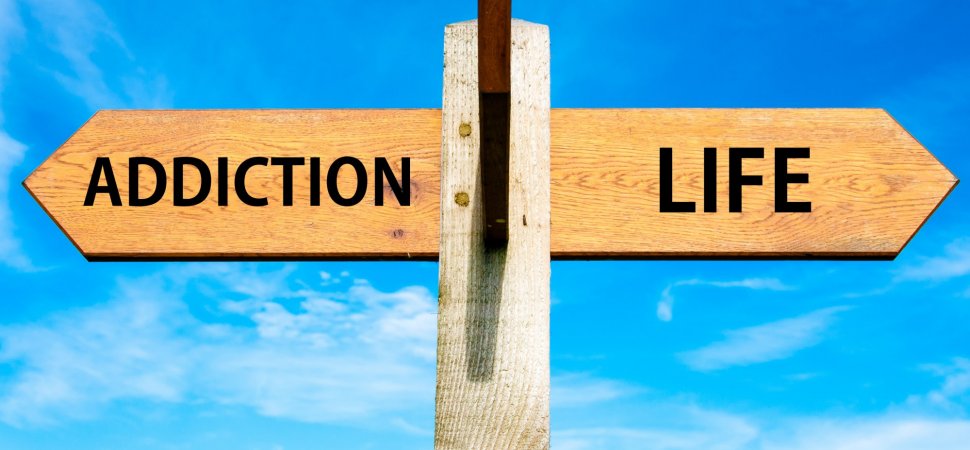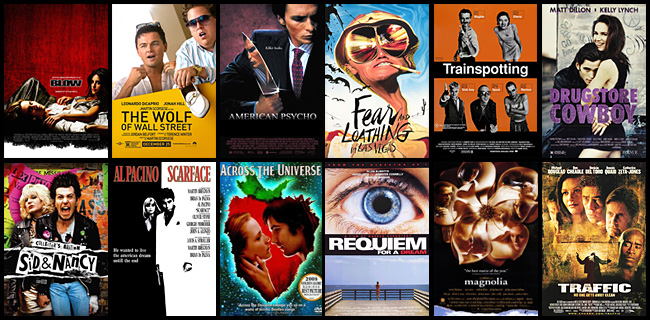
The cycle of use and addiction is something that not only affects the individual; it also affects friends, colleagues, families, and generations. This is why breaking the cycle of use is so critical because it not only offers serenity and a sense of peace to the individual but also to all of those around them who are affected. The good news is there are many ways to heal from the cycle of use and addiction and many options for healing in Glenwood Springs, Colorado.
Understanding the Cycle of Use and Addiction
As previously mentioned, the cycle of use and addiction can be broken into two different types. This includes how the cycle of use and addiction affects the individual, and how it affects the ones around them (this includes the potential for generational addiction).
The cycle of use and addiction for the individual relates to how when one starts drinking or using they cannot stop. This is true even when they want to (prior to some type of recovery or intervention). It also refers to someone who struggles with relapsing. This is the cycle of trying to stop, even stopping for a period of time, but reverting back to using or drinking due to some internal or external impetus.
The cycle of use and addiction for those around the individual has to do with how they are emotionally affected due to an individual’s behaviors. They are often put through a cyclical emotional roller coaster as the individual gets better, makes amends, potentially relapses and the cycle repeats until long-term recovery takes hold. It can be very emotionally distressing to those around them. The cycle of use and addiction in regards to generations is how families with a history of them are more likely to see it passed on from parent to child and so on. Many people believe this cycle to be very closely related to genetics.
Healing in Glenwood Springs: The Importance of Breaking the Cycle of Use and Addiction
Addiction is a chronic disease, and just like any other chronic disease (such as cancer, heart disease, or diabetes), it will almost always negatively progress without some type of intervention. For people with addiction, this intervention is generally some type of treatment from a recovery center or interaction with a community recovery. When healing in Glenwood Springs, an individual can engage with both of these types of intervention.
Breaking the cycle of use and addiction and healing in Glenwood Springs often starts with a safe and healthy detox. This helps the initial cycle of use out of one’s system because the immediate physical pull toward drinking or using will be significantly lessened.
Breaking the cycle of use and addiction and healing in Glenwood Springs often also includes some form of intensive outpatient program (IOP). With one of these recovery programs, one can begin to heal with their family outside of the recovery center as they heal themselves with various types of recovery treatments, modalities, and practices.
The Benefits of Recovering and Healing in Glenwood Springs With a Recovery Community
Breaking the cycle of addiction can often be attained or at least helped by connecting to other people with “shared experience.” Shared experience means connecting other people who have been through active addiction and successful recovery as well. This can be found in recovery communities and recovery meetings (such as 12-Step programs and 12-Step meetings).
The good news is that healing in Glenwood Springs can also include connecting with the vibrant recovery community that is already established. Healing in Glenwood Springs can also be aided by the proximity to both beautiful natural landscapes provided by the Rocky Mountains and exciting and progressive city hubs like Denver (which also has an exceptional recovery community).
Breaking the Cycle of Use and Addiction and Healing in Glenwood Springs: Our Primary Purpose at The Redpoint Center
The renowned Buddhist monk Thích Nhất Hạnh once said, “Every breath we take, every step we make, can be filled with peace, joy, and serenity. There is no way to happiness – happiness is the way. Peace in the world starts with peace in oneself.” This is emblematic of what it means to break the cycle of use and addiction. When we break the cycle and find peace within ourselves, that peace and serenity will ripple out to everyone and everything around us.
Here at The Redpoint Center, we understand that the cycle of addiction can feel daunting and scary. But we are here to say that breaking it is possible, but we must choose to take that first step toward getting well and healing at the cellular level. Once that happens the cycle can not only be broken, but it can also be straightened into the road of happy, joyous, and free recovery.
The cycle of use can quickly lead to an addiction. It can be crucial to be able to recognize the common and uncommon signs that a cycle of addiction is developing and/or taking over. Being able to do so can help you get help sooner rather than later and possibly prevent addiction before it takes hold. If you feel like you or someone you love is struggling with issues of addiction, mental illness, or both, we can help get you on the right road to successful recovery. For more information about the cycle of addiction and how to address it, please reach out to The Redpoint Center today at (303) 710-8496.












